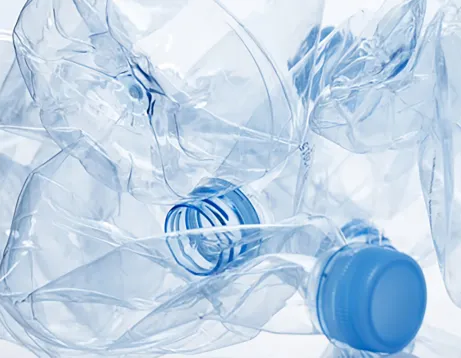The Importance of Color Concentrates for Plastics
Color concentrates play a pivotal role in the plastics industry, significantly influencing both the aesthetic appeal and functional properties of plastic products. As consumers increasingly seek visually appealing and customized designs, the demand for color concentrates has surged. This article delves into the significance of color concentrates, their types, applications, and the technological advancements shaping their future.
Understanding Color Concentrates
Color concentrates are formulations that contain high levels of pigments or dyes suspended in a carrier resin. They are used to impart color to various plastic materials. Typically, this carrier resin is compatible with the base resin of the plastic being colored, ensuring a uniform distribution of color throughout the final product. The precise formulation of color concentrates can vary, including additives to enhance properties such as UV stability, heat resistance, or weatherability.
Types of Color Concentrates
There are primarily two types of color concentrates standard color concentrates and custom color concentrates.
1. Standard Color Concentrates These are pre-made formulations that come in a variety of colors and are often used in mass production. Manufacturers can choose from a palette of colors that meet their basic needs without significant customization.
2. Custom Color Concentrates As brands look to differentiate themselves, custom color concentrates are becoming increasingly popular. These concentrates allow manufacturers to specify exact shades or effects, leading to branding opportunities and enhanced product visibility. Custom formulations can include special effects like metallic finishes, glossy or matte appearances, and even color-changing properties.
Applications Across Industries
color concentrates for plastics

Color concentrates find applications across a myriad of industries, including consumer goods, packaging, automotive, and construction
.- Consumer Goods From toys to household items, color concentrates help create vibrant products that attract consumer attention. - Packaging In the packaging industry, color is crucial for branding and product differentiation. Color concentrates ensure that packaging is not only functional but also appealing to consumers.
- Automotive In this sector, color concentrates are used to create exterior and interior components that withstand harsh environmental conditions while maintaining their color integrity.
- Construction Building materials such as pipes, siding, and roofing often utilize color concentrates to provide both aesthetic appeal and durability.
Technological Advancements
Recent advancements in technology have transformed the development and application of color concentrates. The emergence of digital color matching systems allows manufacturers to achieve precise colors quickly and efficiently. This technology reduces lead times and minimizes waste by ensuring that color matches are accurate during production.
Moreover, the trend towards sustainability has led to the development of eco-friendly color concentrates derived from natural sources. These bio-based concentrates are gaining popularity as companies look to reduce their environmental footprints. Innovations in recycling technologies are also influencing the industry, enabling the incorporation of recycled plastics without compromising color quality.
Conclusion
The significance of color concentrates in the plastics industry cannot be overstated. As the demand for aesthetically appealing and functional plastic products continues to grow, manufacturers rely on these formulations to meet consumer expectations. With advancements in technology and a growing emphasis on sustainability, the future of color concentrates looks bright, paving the way for innovative applications and enhanced product offerings. As we move forward, the ability to customize and create unique colors will likely become a key factor in product differentiation and market success in the competitive landscape of the plastics industry.

